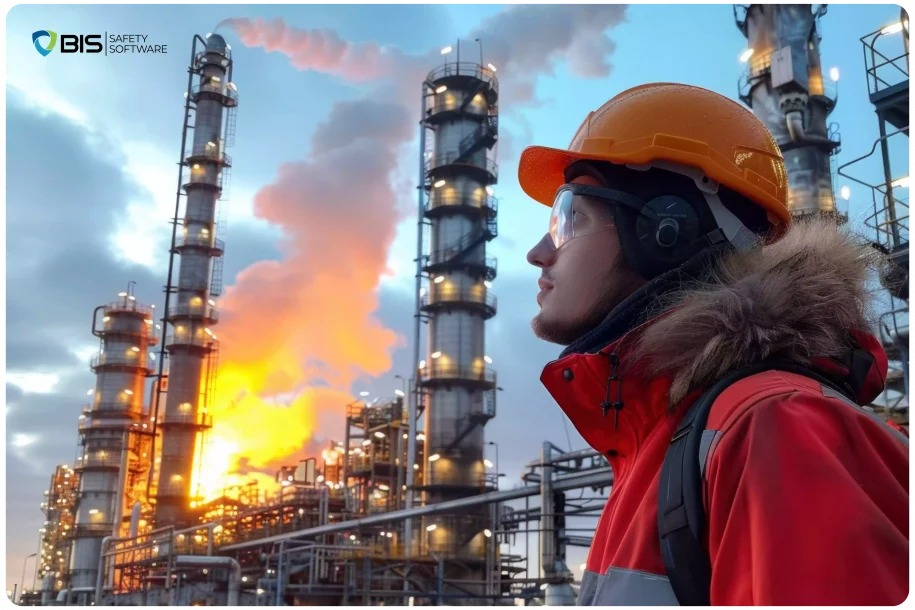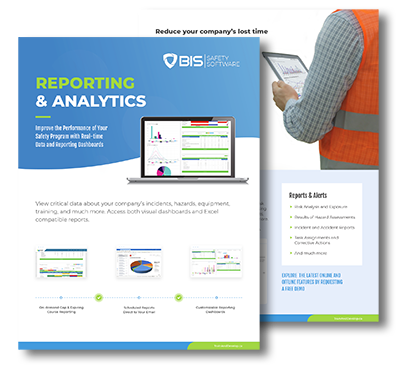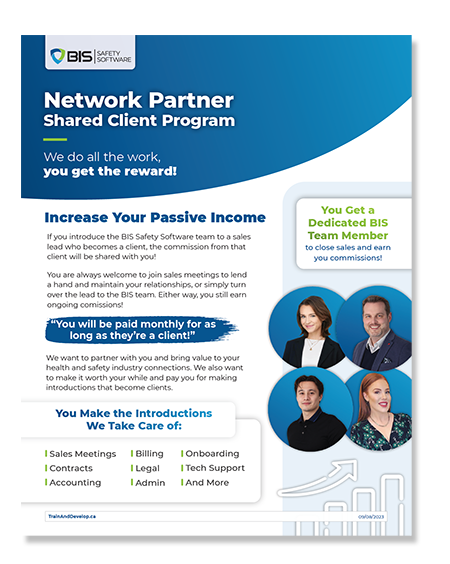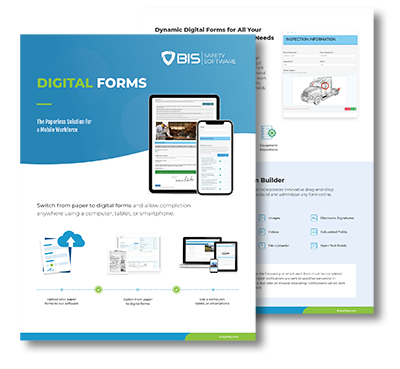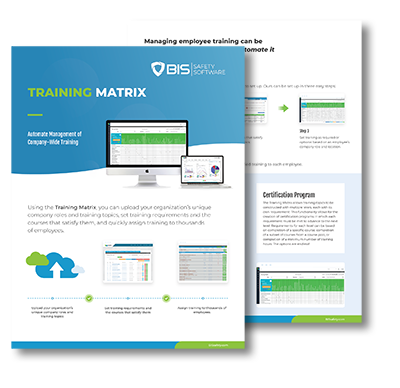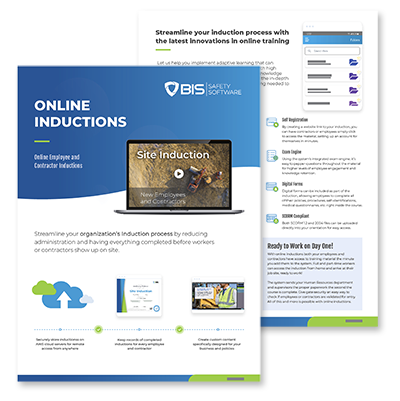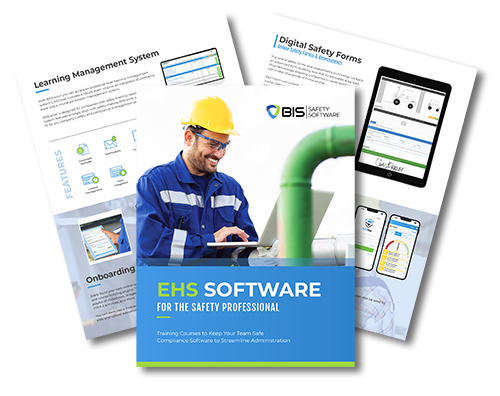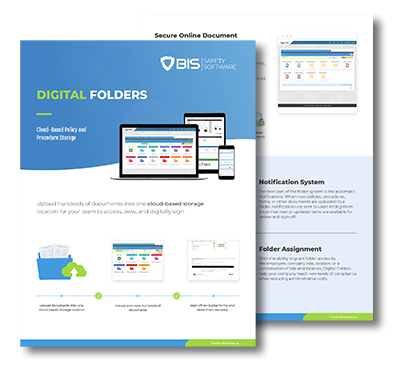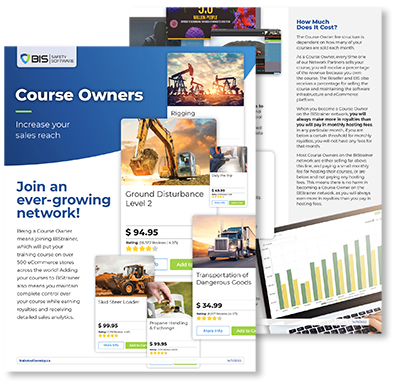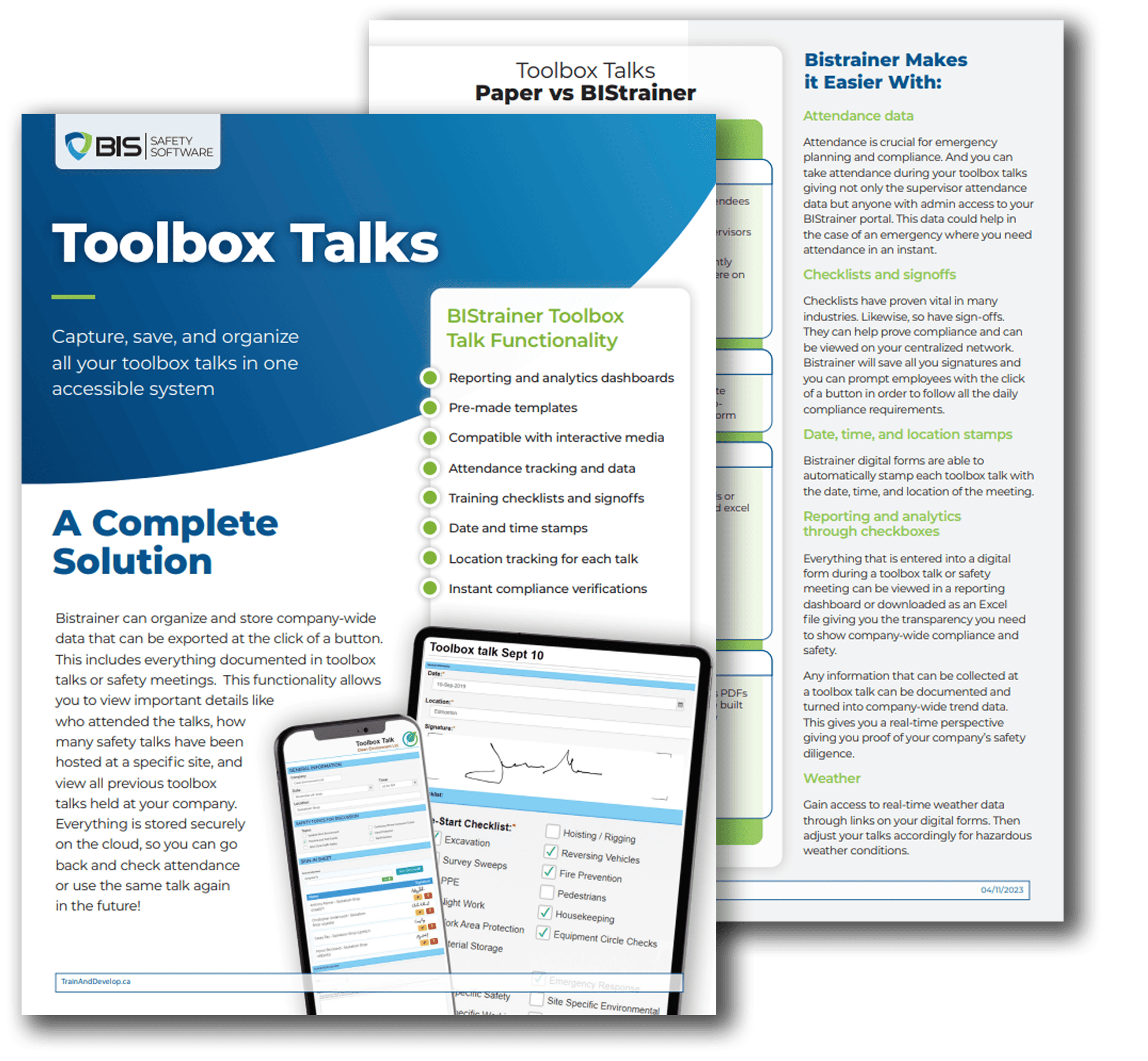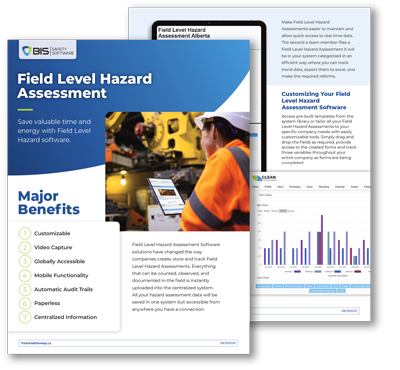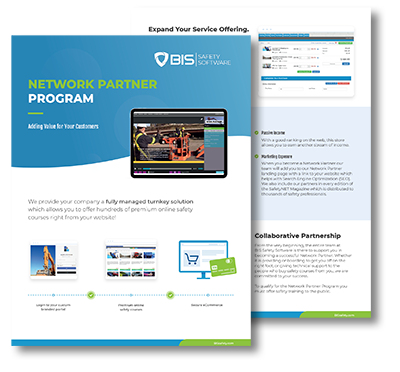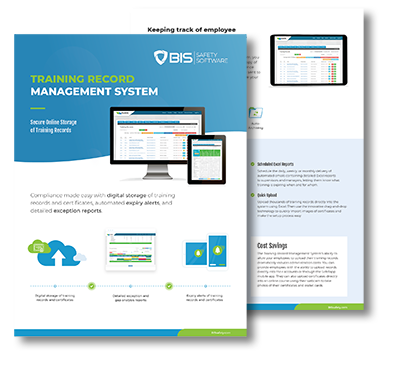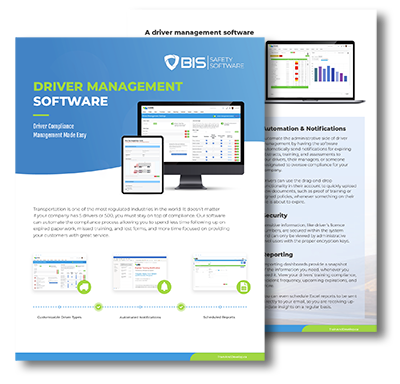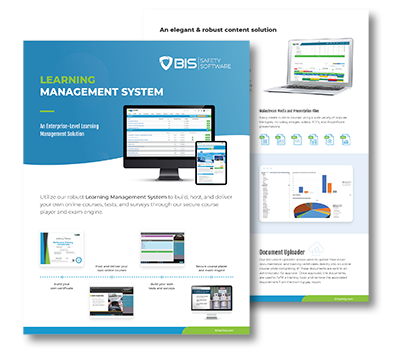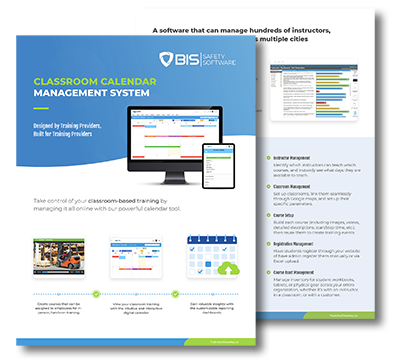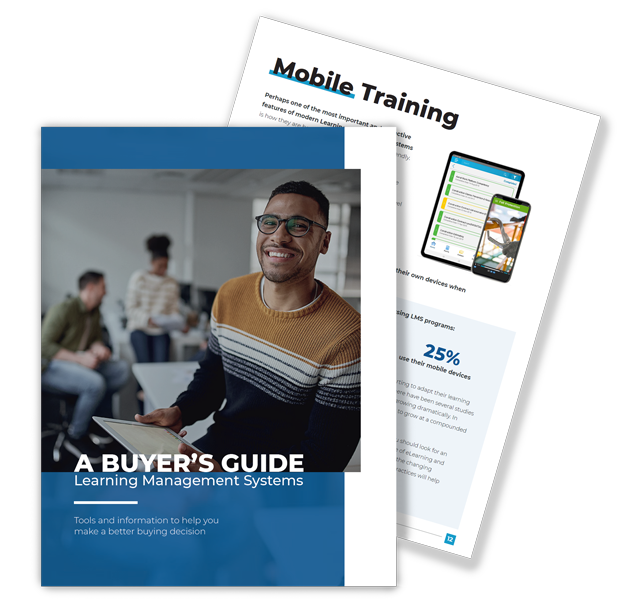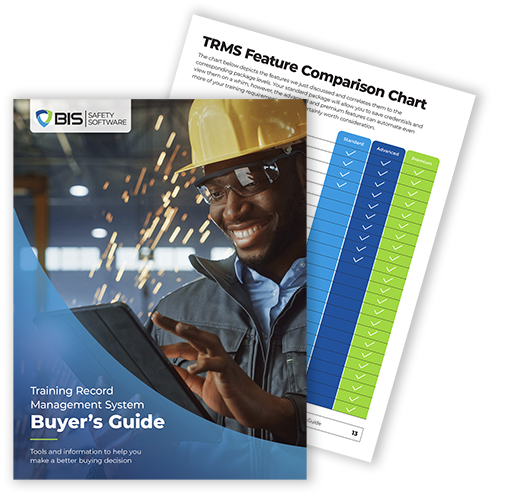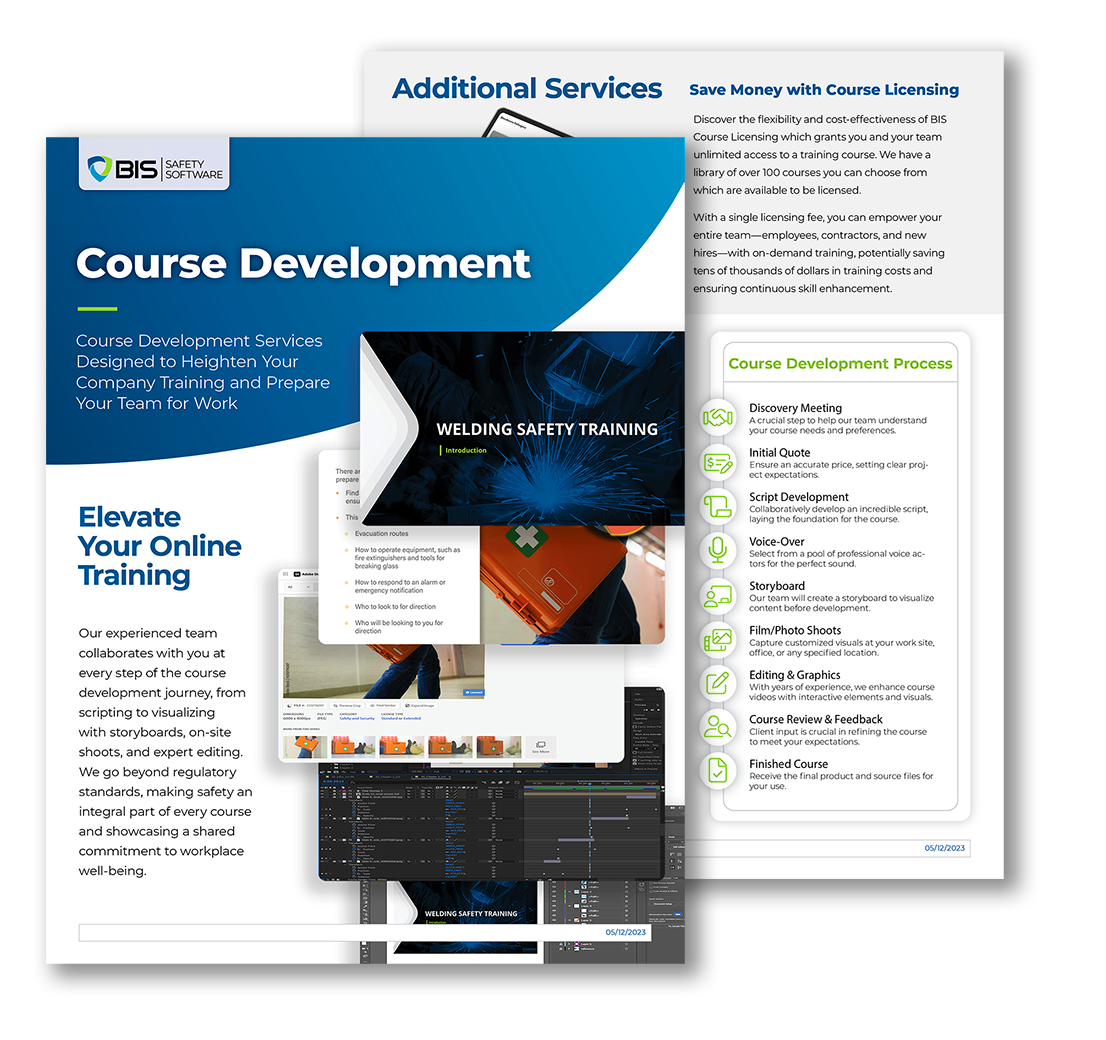Sarah Anderson didn’t always envision a career in industry. “I thought I’d be on horseback in Yellowstone, showing people geysers and the night sky,” she says with a smile. But one catastrophic event changed everything.
After witnessing the fallout from a deadly industrial accident overseas—one of the worst of its kind—Anderson knew she had to do more than protest from the outside. “I realised I’d be more useful working from within,” she recalls. She left her scholarship in Illinois and transferred to Purdue, switching to a course in industrial hygiene—a field she hadn’t even known existed.
That choice took her into the heart of heavy industry. From aluminium smelters to oil refineries, she’s spent her career pushing companies to take safety seriously, asking the hard questions. Now with Brystol Myers Squibb Pharmaceuticals, Anderson is helping to drive real change where it matters most—on the ground.
Baptism by Fire: Learning in the Field
Anderson’s first proper experience in safety came during a placement at an aluminium plant. It wasn’t easy.
“I was young, inexperienced, and thrown into a union-heavy environment where no one was cutting me slack,” she says. “They didn’t care that I was still learning. There was no honeymoon period.”
The workforce didn’t trust her at first. “They saw me as a corporate rep—not someone who understood their work or their world.”
That experience shaped her entire approach to health and safety. “I thought just being there to protect people would be enough,” she admits. “But that’s not how it works. You have to earn that trust.”
She quickly realised that being present was everything. “People won’t take you seriously if you only show up in meetings. I made a point of being in the field, wearing the same PPE, walking the same ground. That’s how you show respect. That’s how you prove you get it.”
A Blast That Changed the Industry—and Her Perspective
While driving to work one day with her husband, Anderson spotted a massive plume of smoke rising in the distance.
“I turned to him and said, ‘That’s the Texas City plant. People have died.’”
She was right.
The explosion at the BP Texas City refinery shook the industry and left a permanent mark on Anderson’s career. She felt the blast wave through the car—saw it before she heard it.
In the months that followed, she took part in investigations, audits, and root cause reviews. “It was devastating, but necessary. That incident forced companies and regulators to tighten standards and rethink risk. But it came at an unimaginable cost.”
She’s wary of overconfidence in organisations. “The most dangerous companies aren’t the ones that have had incidents—they’re the ones that think they never will,” she says. “If a company is scaling back maintenance, delaying inspections, or ignoring engineering advice—that’s a warning sign.”
Complacency, she says, is one of the biggest risks. “When leadership believes nothing will go wrong, they stop looking. And when you stop looking, you stop preventing.”
Safety Is About Presence—and Accountability
Anderson still remembers a site visit where she spotted a worker balancing across a 14-foot gap between a roof and a steel beam—no fall protection in sight.
“I didn’t want to startle him, so I waved for him to come back. Later, I sat with him in the break room and said, ‘You’re nearly at retirement. You don’t need to go home in a box.’”
He was just trying to get the job done quickly. But for Anderson, the incident reinforced something deeper: if unsafe behaviour is known and unaddressed, it’s effectively condoned.
“When I raised it with his managers, they already knew. No one had acted.”
That moment stuck with her. “Accountability isn’t about catching people out—it’s about making sure they don’t need to be caught out in the first place.”

Using AI to Prevent, Not Punish
Anderson sees artificial intelligence as a new ally in the safety space—but one that needs to be used wisely.
“We’ve already got sensors that detect gas and air quality. Why not AI systems that can flag black ice, unstable equipment, or dangerous weather?”
She draws comparisons to lifeguards using drones to spot sharks. “If we can do that on beaches, why not on job sites?”
But she also urges caution. “Workers need to feel supported, not watched. AI shouldn’t be about surveillance—it should be about prevention.”
And beyond detection, she wants AI to help encourage the right behaviours. “We always track what goes wrong. Why aren’t we tracking what goes right? Let’s recognise proactive safety choices—not just violations.”
She also sees potential in personalised safety training. “AI can tailor learning for individuals. No more one-size-fits-all sessions. That’s how we make training stick.”
What’s Holding Safety Back?
It’s not technology, Anderson says. It’s attitude.
“Different people have different risk thresholds. Some follow every rule. Others take shortcuts because nothing bad’s happened—yet.”
That’s why leadership is crucial. “They control the budget. They decide what gets prioritised. If safety isn’t on their radar, it won’t be on anyone’s.”
Her strategy is simple but effective: bring solutions. “I never show up with just a problem. I give three options—low-cost, mid-range, and premium. That way, they’re not deciding if to take action—they’re deciding how.”
Final Word: Influence Creates Change
At the heart of it, Anderson believes safety is about people—not protocols.
“We don’t sign the cheques. We don’t run the company. But we control the message. We choose how we communicate risk, how we build trust, how we get buy-in.”
And that, she says, is where real change happens—not through fear or fines, but through influence, respect, and relentless commitment.
Additional Articles
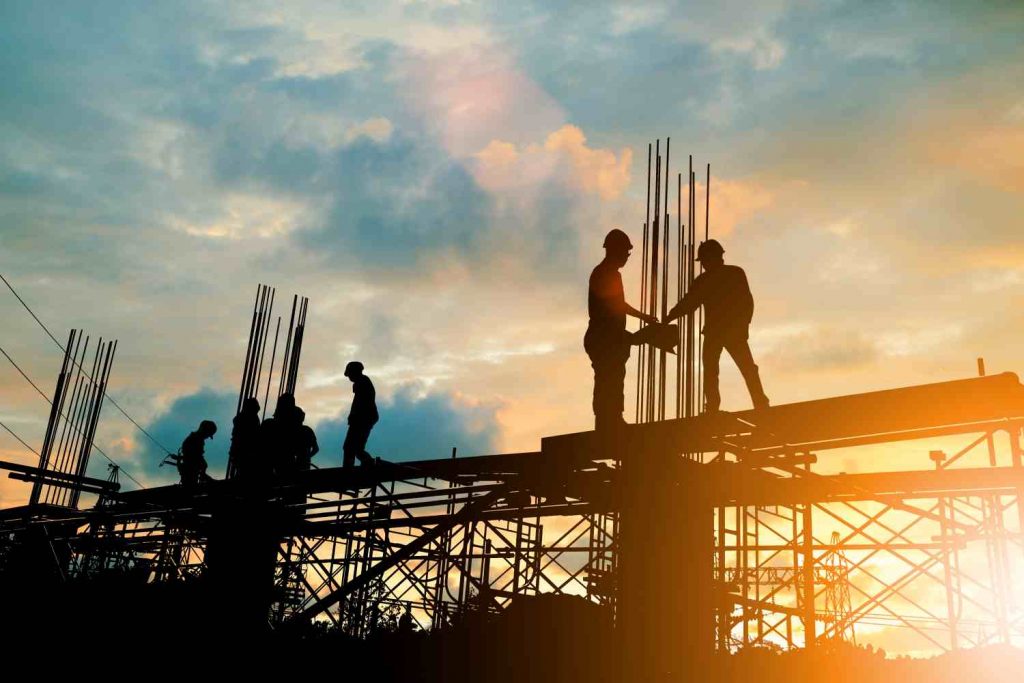
Introduction to Field Level Hazard Assessments (FLHAs)
Learn the practical steps required for conducting Field Level Hazard Assessments with our detailed guide and real-world examples. … Read More
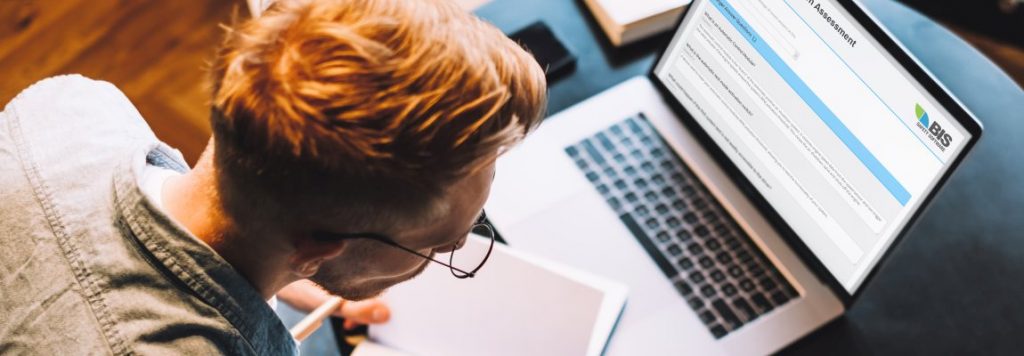
The Six Key Benefits of a Safety Management System
Regardless of your industry in the UK, training is a crucial aspect of ensuring the smooth operation of your business.
… Read More

